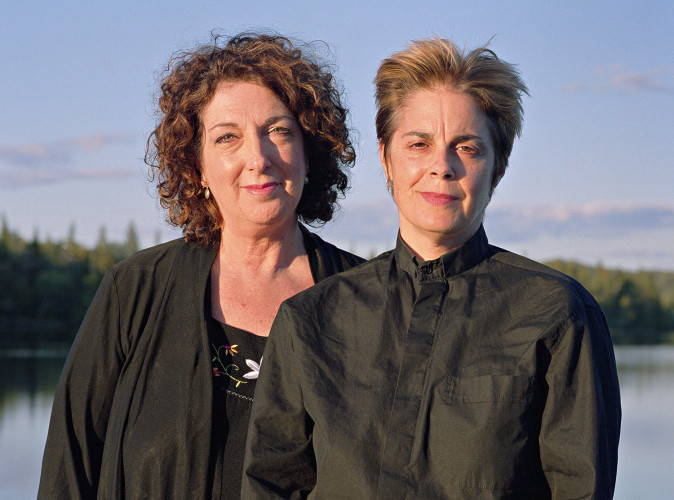Yiddish Music in Pictures
Documenting a Cultural Movement
by DAVID KAUFMAN
September 2012
Yiddish was the first language of both my mother and father, and all my life I have regretted not learning more than a smattering of it. Like many immigrant Jews who arrived in Canada in the early part of the 2oth century, my parents spoke Yiddish at home and among their family and friends, most of whom were also recent arrivals. But my parents were also religious and strong supporters of Israel and in the post-war era they sent me to a Hebrew day school in Montreal which taught the Jewish curriculum only in Hebrew, and also to a Zionist summer camp in which Hebrew was spoken on a daily basis. Consequently, though I understood some Yiddish and could speak a few words, my own Jewish language and culture was Hebraic. However, I always retained an interest in Yiddish culture, partly because of the rich Yiddish heritage of Montreal’s Jewish community, and also because of my own cultural and artistic interests, which included Yiddish folk music.
Fast forward forty years. At the age of fifty, I was in the last few months of an eighteen year career at the Canadian Broadcasting Corporation as a television documentary filmmaker. As I got older, I increasingly found myself wanting to express my Jewish identity in my artistic work. A close friend suggested that I make a film about a new Jewish music group, Brave Old World, whose members were founding artists at KlezKanada, a six day Canadian Yiddish music workshop held annually at a summer camp north of Montreal. I went to the camp to make that film, and I was blown away by the quality of the performers, especially Brave Old World. I was a late arrival at the party: Unbeknownst to me, beginning in the late 1970s, a new generation had steeped itself in Yiddish musical culture, both old world and new world, and created something attractive and original in the Jewish world.
The appeal of a revitalized Yiddish music was obvious to anyone knowledgeable about Jewish life: It tapped a deep yearning by young Jews for authentic expression of and cultural connection to the wellsprings of European Jewish identity, before the Holocaust and before Israel. It was also a window into an era similar to our own in the challenges faced by Jews in shaping and retaining their religious and cultural identities. It also gave young Jewish musicians an original repertoire to draw from and develop that was uniquely their own just at the time when world music was taking off as both a business and creative genre.
I decided that summer at KlezKanada that it was a worthy project to attempt to document the new Yiddish music scene and its performers, both in film and still photography. The film I made there, The New Klezmorim: Voices Inside the Revival of Yiddish Music, released in 2000 and broadcast both in Canada and the United States, is still the definitive account of the Klezmer revival, which was then reaching its peak in terms of the quality of creativity and the skills of the performers. Since then, I have returned to KlezKanada every year to make still photographs of the genre’s leading lights and their students. I have also twice been the official photographer for the Ashkenaz music festival in Toronto and I have photographed Yiddish musicians at other venues.
I have made portraits of most of the figures who have been significant in the Yiddish music revival: Brave Old World and its members, Adrienne Cooper (z’l), Frank London and the Klezmatics, The Other Europeans, Hankus Netsky, Susan Watts and her mother Elaine, German Goldenshteyn (z’l), Josh Dolgin (D.J. “Socalled”), David Krakauer, Efim Chorney, Eric Stein—and the list goes on to encompass about fifty figures. I have also made extensive candid photos of the Yiddish music scene at KlezKanada and of performances at Ashkenaz. It’s a significant photo record of the Klezmer revival which I see as very much akin to the documentary record made in the 1950s and 60s of jazz musicians in the United States and Europe, a resource that I hope will be turned to frequently when the history of this musical genre is written about in the future and studied by fans and cultural historians.

Adrienne Cooper (z”l), the renowned Yiddish singer, and her partner and collaborator, Marilyn Lerner, at KlezKanada, 2008
